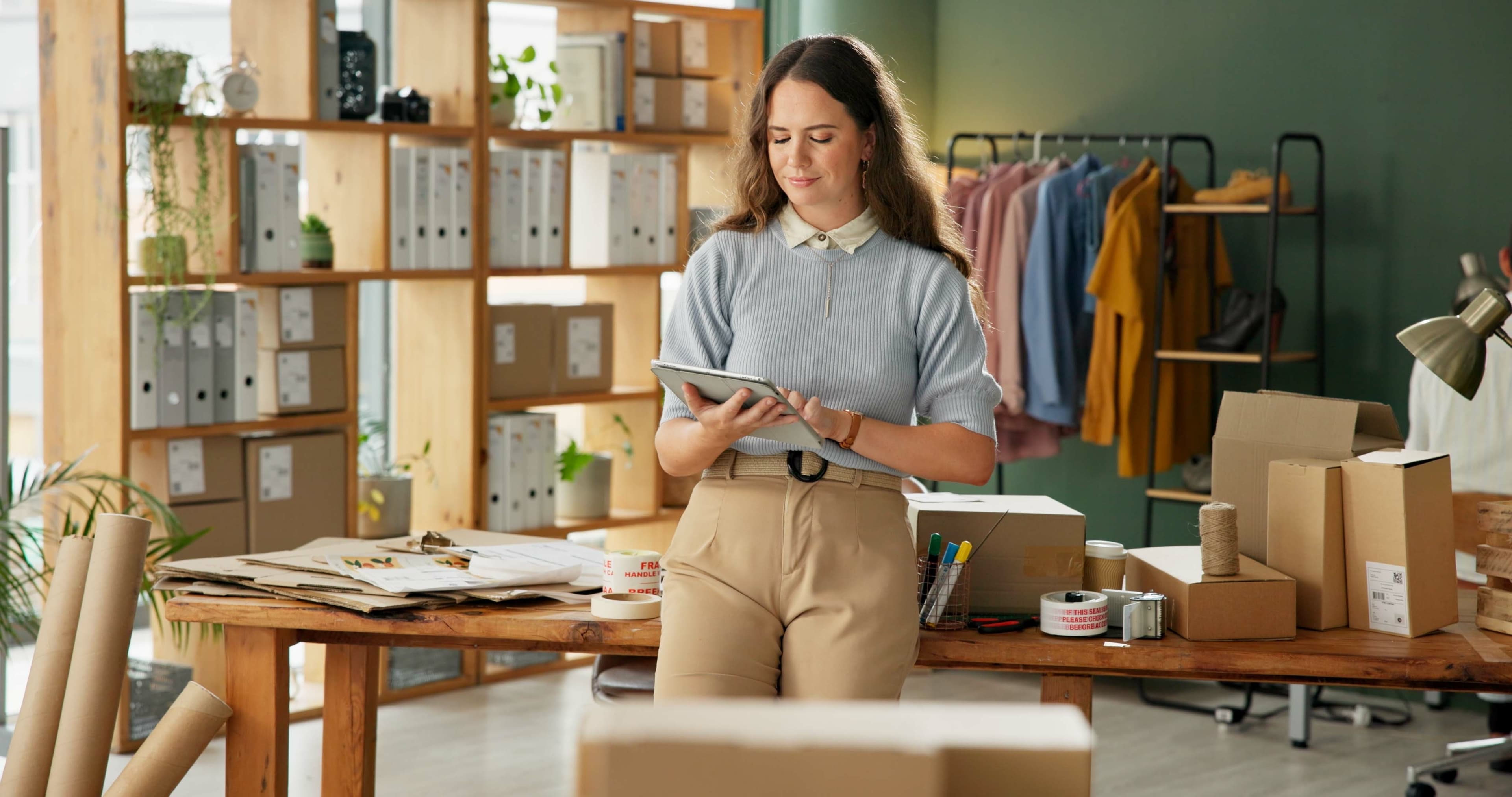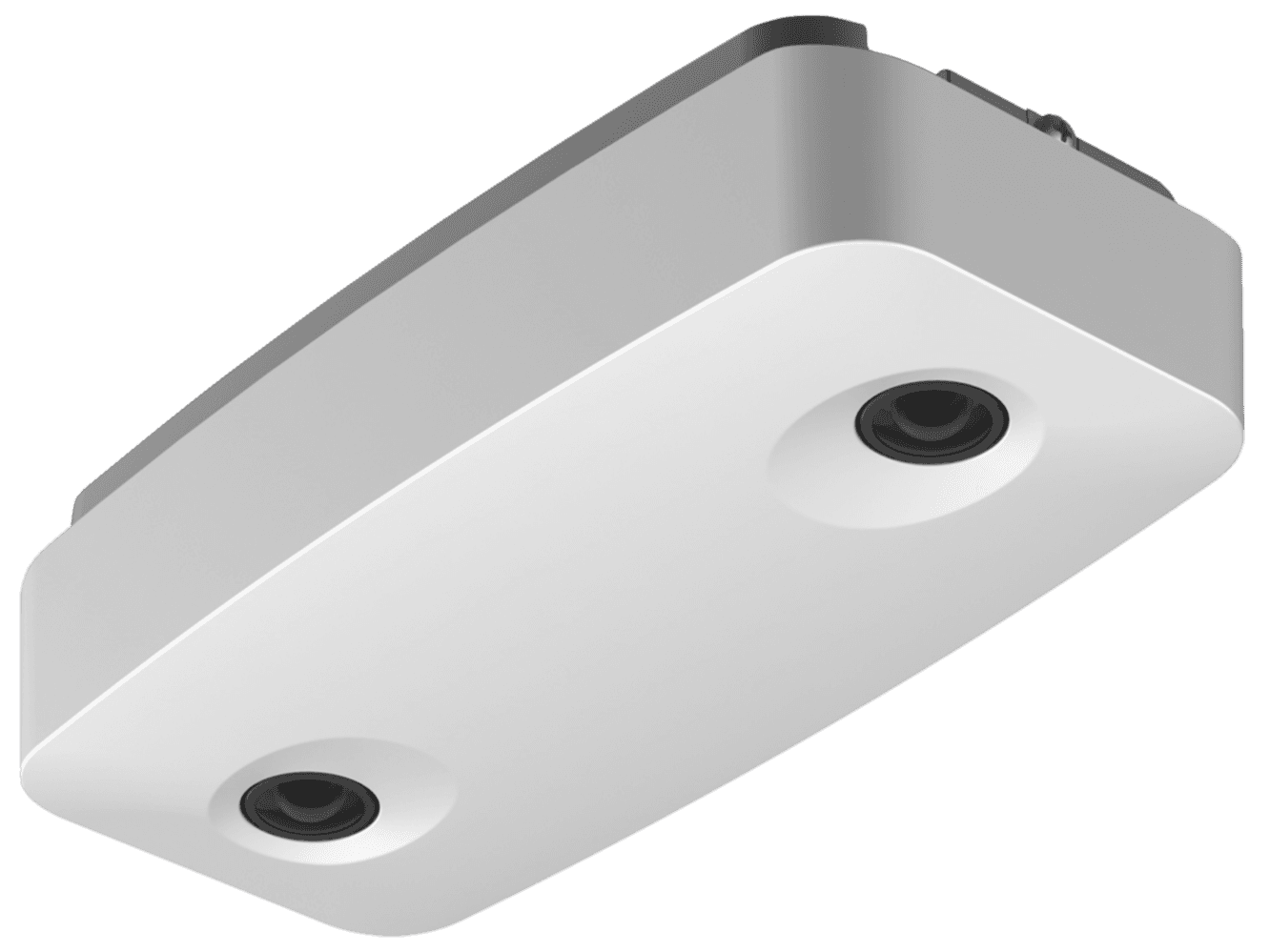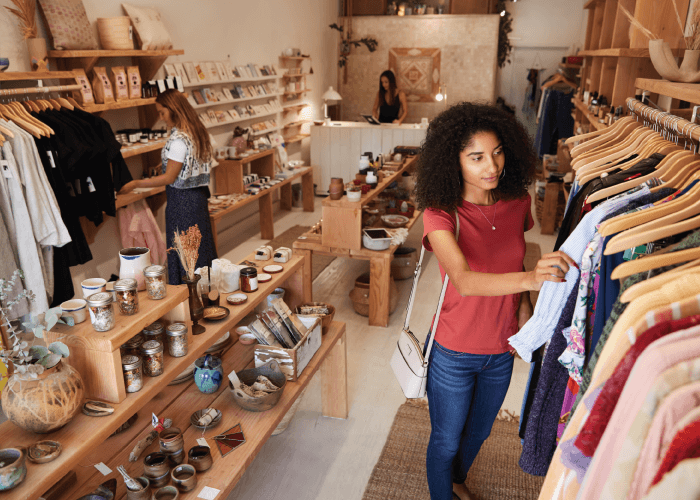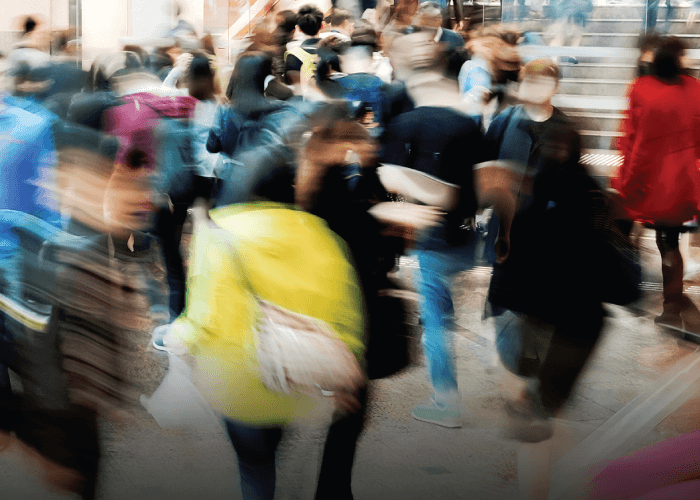Harnessing Automation and Video to Drive Retail Innovation

On this page
➖ Article first published on 24 October 2024 on passby.com
Retail has always been an industry defined by constant change, but in recent years, the pace of innovation has accelerated dramatically. Faced with evolving consumer behaviors, a global pandemic, and technological disruption, physical retail has had to adapt quickly.
Much of the industry’s resilience can be attributed to advanced data analytics systems and new technologies, which allow retailers to make smarter, data-driven decisions and strategize more effectively. A recent report by EY suggests that a bold digital transformation strategy will ensure success for retailers, but it requires greater collaboration across technology ecosystems. Furthermore, the investment in emerging technologies by retail sectors is increasing as a part of the total IT expenditure. The primary emphasis is on establishing a data-driven organization by giving priority to analytics, AI, robotics, and automation.
At the heart of this transformation are technologies like automation, AI, and video analytics, which not only make operations more efficient but also create more seamless in-store experiences for customers. As a content lead at RetailNext, I am fortunate to witness this evolution in real time. In this blog, I’ll outline some key concerns I’ve seen play out – as well as the innovative solutions our industry has developed to solve these challenges.
EXPLORE FURTHER: Retail 2.0: The AI Advantage
Streamlining Store Operations with Automation
In the hustle of day-to-day retail, operational efficiency is essential. Store teams need quick, actionable insights to manage everything from inventory to staffing, and that’s where automation is essential. RetailNext’s platform acts as a single source of truth, aggregating thousands of data points and transforming them into clear, digestible insights.
One of the most impactful tools on offer is automated reporting dashboards. Gone are the days when store teams had to manually compile reports—these dashboards automate the process, delivering reports directly to key stakeholders on a schedule that works for them. This allows retailers to track performance against KPIs, monitor staffing efficiency, and measure marketing effectiveness without spending hours on manual reporting. By automating these tasks, store teams can focus on delivering a better customer experience, whether that’s restocking shelves or assisting shoppers.
Enhancing Customer Experiences with Video Technology
Video technology has become indispensable for retailers who want to create consistent and engaging in-store experiences. With HD video capabilities, brands can ensure visual merchandising compliance across all locations, whether stores are in the same city or spread across the globe. This level of consistency helps build brand loyalty and ensures that customers have the same experience no matter where they shop.
But video isn’t just about aesthetics. It’s a critical tool for asset protection as well. With live video feeds, retailers can monitor stores in real-time, deterring organized retail crime (ORC) and responding quickly when incidents occur. Additionally, video analytics allow retailers to A/B test new layouts, product placements, and marketing campaigns in select stores before rolling them out across their entire chain. This helps reduce disruption to the customer experience and ensures that new initiatives are implemented as smoothly as possible.
Remote Store Visits: A Game-Changer for Retailers
One of the most exciting developments in retail technology is the ability to conduct remote store visits. Video from RetailNext’s Aurora sensor allows key stakeholders to access real-time and historical video footage, images, and point-of-sale (POS) data from anywhere, reducing the need for travel. This capability not only cuts investigation time by up to 75%, but it also helps retailers meet their sustainability goals by reducing travel-related carbon emissions.
For example, one of RetailNext's clients—a major apparel and beauty retailer—saved over $2.2 million in staffing costs by adopting our remote investigation tools. Their asset protection team was able to reduce shrink by 12% and save 24,000 hours through remote investigations, all while ensuring their stores remained compliant with visual merchandising standards and operational benchmarks.
Ensuring Visual Merchandising Compliance Across Locations
Visual merchandising plays a critical role in how customers perceive a brand, and ensuring consistency across multiple stores can be challenging. With video technology, management teams can remotely monitor store displays and make adjustments where necessary, without needing to visit each location in person. This increased agility allows retailers to launch new campaigns faster, ensure compliance with brand guidelines, and support stores that may need additional help.
If a store is consistently underperforming in this area, video analytics can provide insight into what’s happening on the ground. Are staff completing their merchandising tasks, or are there barriers preventing them from doing so? With these insights, management can provide better training or realign resources to improve performance across the chain.
How AI is Transforming Retail Operations
AI is at the forefront of the retail revolution, and its integration with video technology is driving major operational improvements. By leveraging AI, retailers can automate tasks that used to require significant manual effort, such as monitoring video footage for suspicious activity.
Our AI-powered exception reporting system, for example, alerts users when a POS transaction occurs without a shopper present. This capability helps detect fraud and allows asset protection teams to intervene early, preventing loss. AI also enables a more proactive approach to store safety, with fewer incidents and better overall risk management.
AI-driven insights don’t just help asset protection teams—they also provide valuable data for store operations and planning. AI can predict peak shopping periods, allowing retailers to optimize staffing levels and ensure that customer service is never compromised during busy times.
Protecting Data Privacy
Of course, as AI and video technologies become more prevalent, data privacy remains a top concern for both retailers and customers. RetailNext takes privacy seriously, ensuring that our platform complies with regulations such as GDPR and CCPA. Features like video blurring allow retailers to collect and analyze data without compromising individual privacy, ensuring that personal information is protected.
Retailers can control who has access to live or recorded video footage, ensuring that sensitive data remains secure while still allowing for effective loss prevention and store management. This balance between data privacy and operational efficiency is critical for building trust with customers and staying compliant with regulatory standards.
💡 Success Story: Daniel’s Jewelers
One of our most successful partnerships is with Daniel’s Jewelers, a family-owned jewelry retailer looking to modernize its operations. Before adopting our solutions, The brand relied on manual data collection processes that weren’t providing the insights it needed to optimize its stores.
With RetailNext, Daniel’s Jewelers was able to establish key performance indicators (KPIs) and use automated reporting to make data-driven decisions. Video from the Aurora sensors became a cornerstone of their asset protection strategy, allowing the retailer to monitor security in real time, prevent smash-and-grab incidents, and even collaborate with law enforcement to enhance store safety.
Automation, video technology, and AI will continue to be central elements of every retailer’s expansion (and, in some cases, survival) strategy. By streamlining operations, enhancing customer experiences, and improving security, these technologies are helping retailers thrive in an increasingly competitive landscape. As the retail industry continues to evolve, these innovations will play a central role in shaping the future of in-store experiences.
About the author:

Ashton Kirsten, Global Brand Manager, RetailNext
Ashton holds a Master's Degree in English and is passionate about physical retail's unbridled potential to excite, entertain, serve, and solve problems for today's shoppers.



